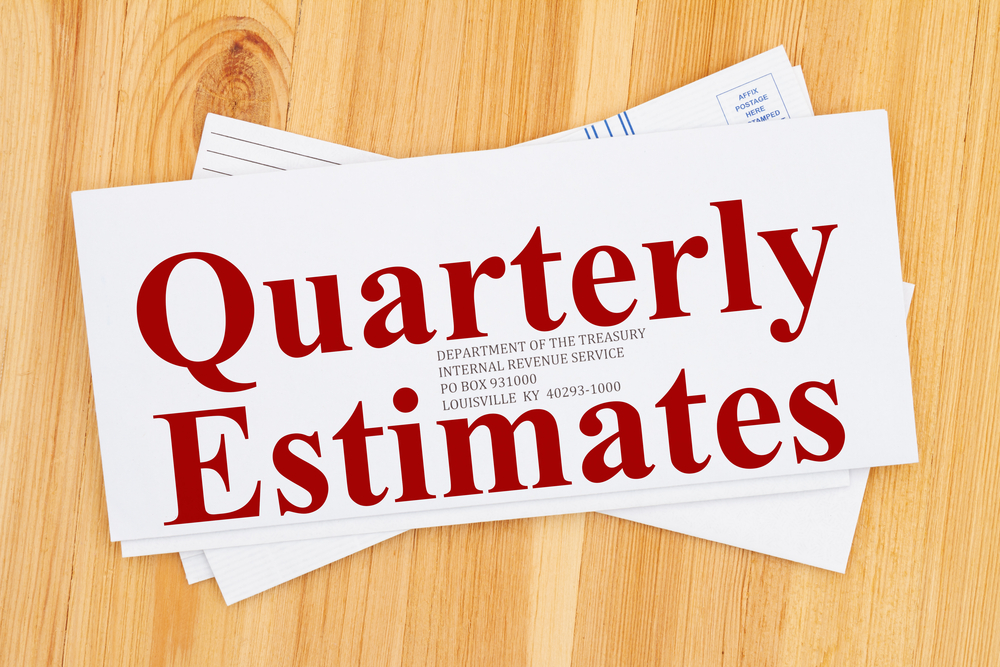Should Your Business Be Making Quarterly Tax Payments?
Peacock & French CPAs
Aug 01, 2022

Most people don’t have to worry about their taxes or sending anything to the IRS until tax season. However, business owners often have to calculate and submit payments to the IRS on a quarterly basis in order to ensure that they’re not charged with underpayment penalties when filing their tax returns. How do you know if your business should be making quarterly tax payments, and how do you calculate and make those payments? Keep reading to find out.
What Are They For?
First, let’s address exactly why business owners need to make these payments. The US tax system is based on a pay-as-you-earn model. For those receiving a regular paycheck, this is something that they don’t have to think about, since the taxes are taken out of their checks before they receive them. Business owners and self-employed individuals, however, receive their income prior to any taxes being applied. If you do not pay taxes on any of your business income throughout the year, you’ll owe a large amount when you file your return, and potentially be subject to fees for underpaying on your taxes throughout the year.
Your quarterly tax payments help keep you up to date on the taxes you owe, just as W2 employees keep up to date on those taxes by having them automatically withheld from their paychecks.
Who Must Pay It?
Quarterly tax payments would be applied to any untaxed income, including things like self-employment income, earnings from a business you own or have invested in, interest on your investments, rental income, dividends, and other untaxed sources of income. This means that it can actually apply to more than just business owners and contractors, though these are the most commonly impacted individuals. If you expect to earn more than $500 in taxable income from any of these sources, you should be making quarterly income tax payments to the IRS.
How Do You Calculate Your Payments?
So, if you’re a business owner, contractor, landlord, or any other individual who may be subject to quarterly tax payments, how do you calculate the amount you should be paying? IRS Form 1040-ES actually makes this process relatively simple, and includes detailed instructions and information that will help you with your calculations. You’ll need to know your average annual income from untaxed income sources, your qualifying deductions and credits, and how much you’ve already paid in taxes. Using last year’s tax return can be quite helpful in figuring out these numbers. However, if your income fluctuates significantly between one year and the next, you’ll need to make sure to take those changes into consideration.
Once you have all of the aforementioned information, you can plug your numbers into Form 1040-ES and complete the calculations to determine your tax liability for the entire year. Then, divide that number by four to determine how much you should be paying each quarter. Of course, this is just a starting place for many people. For example, let’s say that you calculate your quarterly payments, but then your income increases significantly in the second quarter of the year. You may then need to adjust your calculations and pay more in your next quarterly tax payment.
Just keep in mind that these quarterly payments are intended to keep you as close as possible to the correct payment amount. Just as with a W2 employee, you may pay more or less in taxes during the year than is necessary, and this will be corrected when you file your tax return. The goal here is to simply minimize the discrepancy so you won’t be subject to those additional penalties.
When and How to Make Your Payments
As the name implies, quarterly tax payments are intended to be paid each quarter. The payment due dates for each quarter are listed below:
- 1st quarter: April 15th
- 2nd quarter: June 17th
- 3rd quarter: September 16th
- 4th quarter: January 15th (of the next year)
You can make your payments via credit or debit card, cash, money order, or a direct transfer to the IRS. If you want to pay in cash, you will need to do so in person. Checks and money orders can be sent via mail, and credit, debit, and direct transfer payments can be done online or over the phone.
If you have questions about making quarterly tax payments to the IRS, please contact Peacock & French, CPAs, today to speak to one of our tax experts. We can help you determine if you should be making these payments, and ensure your calculations are as accurate as possible to avoid unnecessary penalties.